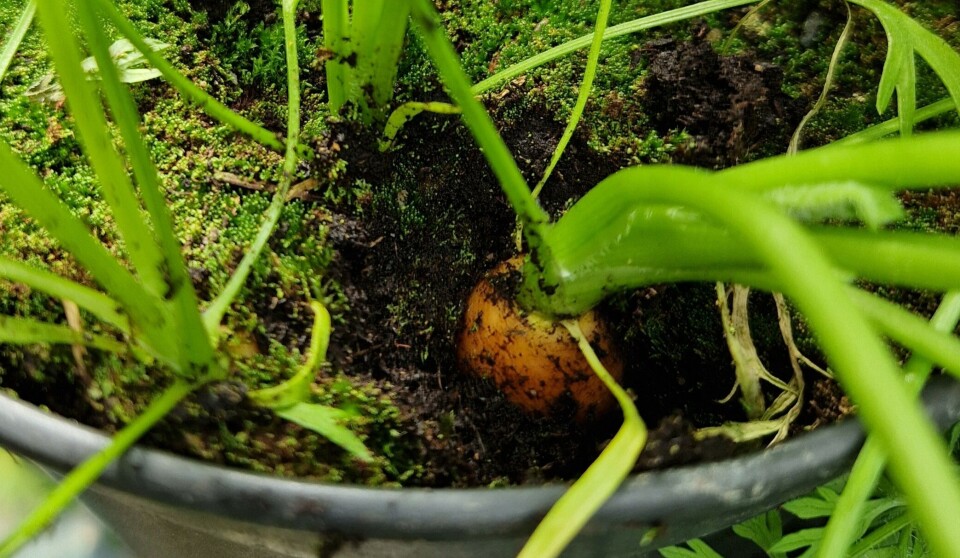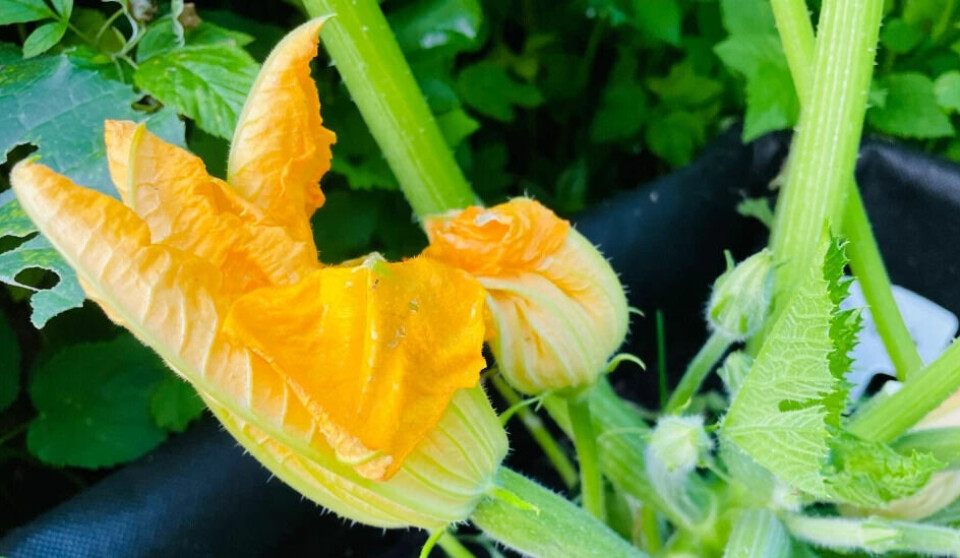You can reuse potting soil for several years
Reusing soil is good for both plants and the environment, according to hobby gardener and researcher Trond Knapp Haraldsen.

Trond Knapp Haraldsen points to a pot with lush petunias.
Three years ago, he bought an annual petunia plant in this pot. Every year, he has planted new flowers, but he has reused the soil.
“The only thing the soil needs is new nutrients,” says Haraldsen, a research professor at the research institute NIBIO.
It sounds simple. And it is.
Science Norway visits Haraldsen’s terrace and garden, where flowers and vegetables are growing in reused soil.
The soil you buy at the garden centre or flower shop is already fertilised.
After one summer, all the nutrients are used up.
But the soil remains just as good.

Stir it around a bit
Before each new season, Haraldsen empties the soil from the pots into a large tub or wheelbarrow.
“Put the old soil in and stir it around a bit,” he says.
A large plastic storage box can be a great solution for those who do not have a garden and a wheelbarrow.
Most viewed
“When I reuse the soil, I have to add as much fertiliser as it had when it came from the store,” says Haraldsen, who studies soil.
NIBIO’s Subtech research project found that soil can be reused and remains just as good for growing plants for three years – as long as new fertiliser is added every year.
Researchers in Belgium have come to the same conclusion.
Fertilising can be done in several ways.
Large plants need more
Haraldsen prefers to fertilise the soil with dry chicken manure from the garden centre.
He demonstrates with a potato plant in a ten-litre pot.
“You put a small handful of chicken manure in the soil when planting in a pot of this size. Then you’ve fertilised the soil for the whole summer,” he says.
Liquid fertiliser also works well.
“I use one to two capfuls in a full watering can,” he says.
The plants should receive liquid fertiliser once a week. Except for tomato plants.
“Tomatoes need a lot of nutrients, so if you use liquid fertiliser, you can give them a little every day," says Haraldsen.
Large plants need more fertiliser than what comes in store-bought soil.
“Those that are going to grow a lot need more,” he says.
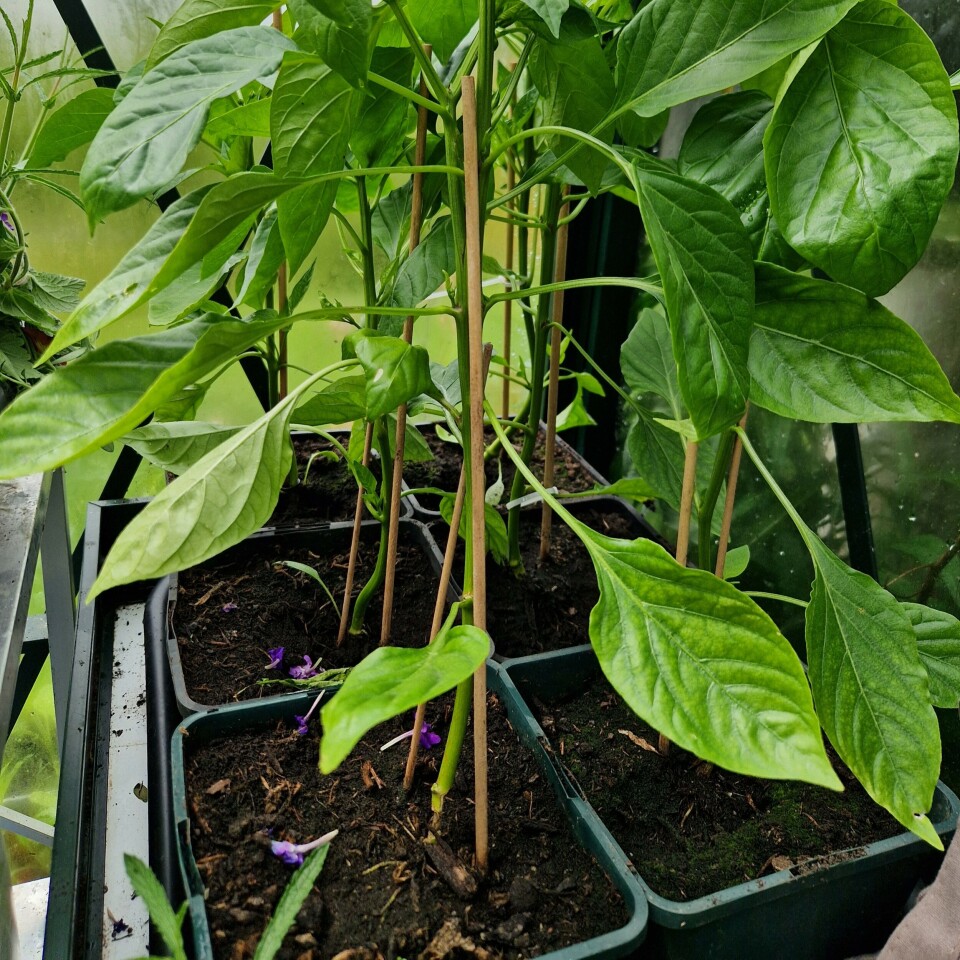
Prefers chicken manure
Fertiliser also comes in spike form that you insert into the soil and in small pellets that work over time.
“These options work well, too. There are many ways to do this,” says Haraldsen.
Still, he is most satisfied with chicken manure.
“The good thing about chicken manure is that it's not chemically produced. It’s an organic fertiliser and part of the nutrient cycle,” he says.
The same goes for cow manure compost and garden compost, which are sometimes available at recycling stations or garden centres.
“Two-thirds old peat soil and one-third compost make a great mix. It works well for flowers,” says Haraldsen.
Flowers one year, potatoes the next
His pots and planters are covered with moss.
“That's because I've used the soil multiple times, but the moss doesn't harm the plants,” says Haraldsen.
If you want to avoid harmful organisms carrying over in the soil from year to year, you can rotate your plants as Haraldsen does.
“I rotate what I grow in the pots. One year I have flowers, the next year potatoes, then carrots the year after. That minimises the risk of anything harmful sticking around and damaging the plants,” he says.
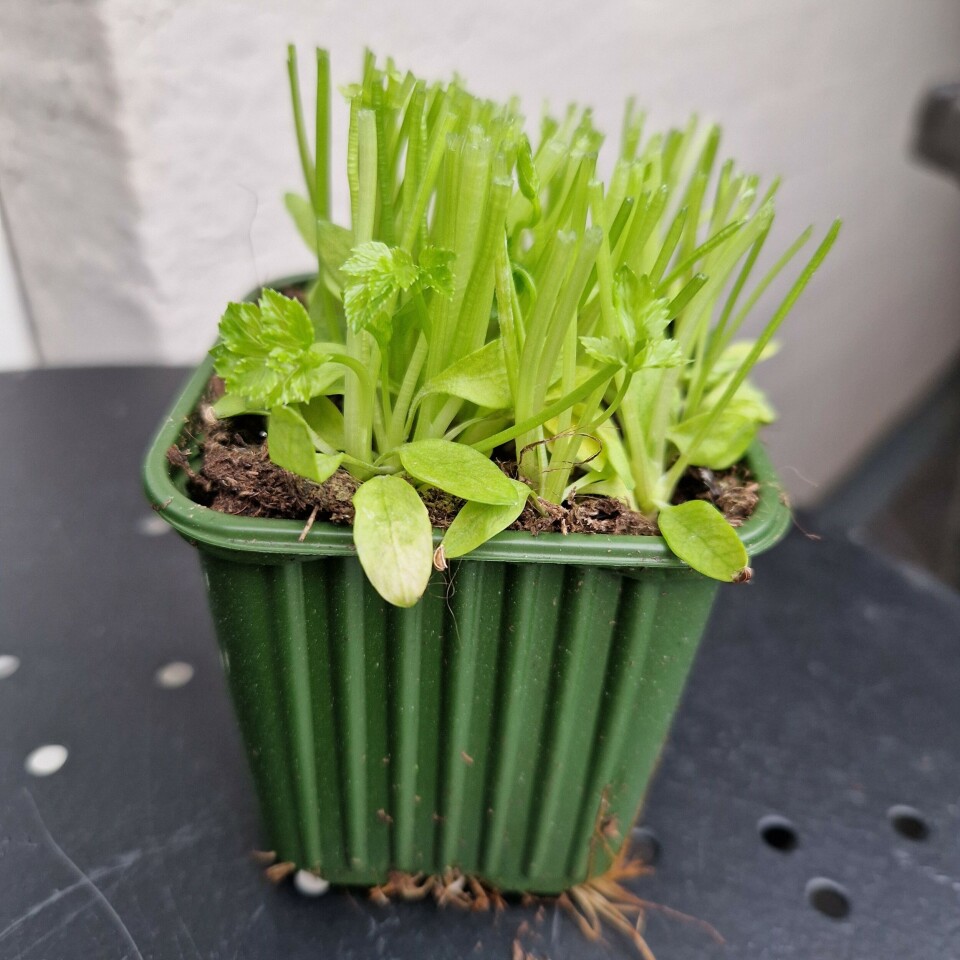
Wants to ban new peat soil
The potting soil you buy contains a lot of peat. It is dug out from bogs and is not very climate-friendly.
In May, the Norwegian government announced that it would ban new extractions of peat from bogs.
“Bogs are a valuable habitat that both store carbon and support rich biodiversity. When we extract peat from our bogs, we destroy this habitat and release greenhouse gases. We can’t continue doing that,” Climate and Environment Minister Andreas Bjelland Eriksen (Labour Party) said in a press release (link in Norwegian).
But peat is cheap. It is porous and airy, just the way plants like it, and it retains water well.
As a researcher, Haraldsen is working to find solutions.
“We're creating soil without peat or with very little of it. The goal is to develop soil mixtures that work throughout the entire season and that only need to be watered," he says.
Testing on his own plants
The researchers are experimenting with waste from gardens and parks, grain residues, and wood fibre.
“The challenge is that none of these are acidic, while peat is. We’re working on achieving the right pH level that plants thrive in,” says Haraldsen.
He brings the work home with him.
“I play around with different soil mixtures. That way I see what works for different flowers and vegetables," he says.
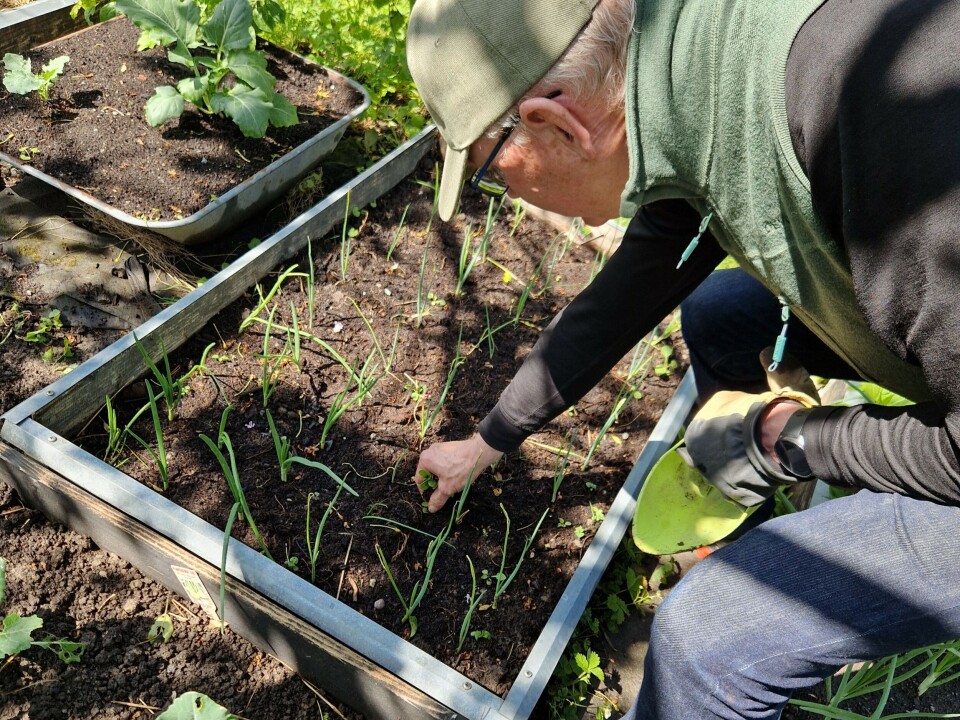
Researchers have not yet managed to produce fully functioning soil that is completely free of peat. But Haraldsen reduces his climate footprint by reusing the soil year after year.
To ensure good results, he starts with an expensive soil mixture that contains minimal peat and more compost.
“When I reuse the soil year after year, it’s still cheaper than buying cheap soil that just lasts for one season. I’ve reused soil for up to five summers,” he says.
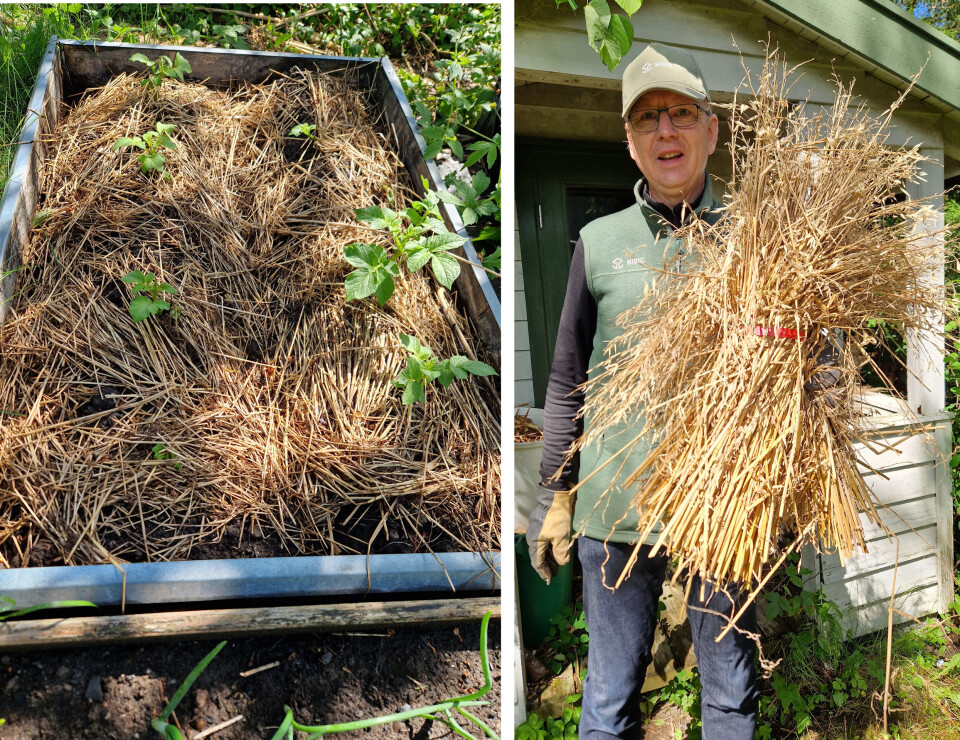
New soil for small plants
Haraldsen notes one exception to reusing soil. Every spring, he buys various vegetable and flower cuttings.
Cuttings are part of a plant that can form its own roots. You can do this with your own plants by cutting off a shoot or a branch and putting it in water. After a while, roots will grow. When they are long enough, the cutting can be planted in soil.
Or you can buy cuttings that already have roots.
Haraldsen uses new soil for these small plants.
“I’ve tried reusing soil for them as well, but it wasn’t successful. So I buy nice, new soil so they grow quickly. But I don't need much for tiny pots of cuttings," he says.
———
Translated by Ingrid P. Nuse
Read the Norwegian version of this article at forskning.no
Related content:
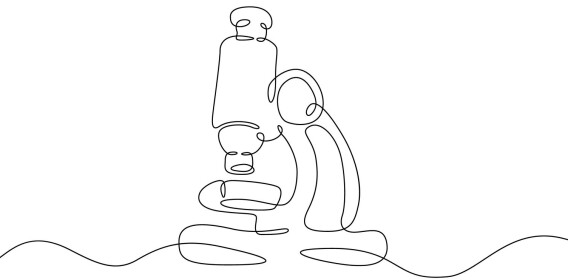
Subscribe to our newsletter
The latest news from Science Norway, sent twice a week and completely free.













